
Differences between Tofu, Tempeh and Seitan Food facts, Food, Seitan
2) Teriyaki Tofu, Tempeh and Seitan. Teriyaki is best defined for its flavored glaze of soy sauce paired with mirin or sake and sometimes garlic and ginger. Tofu is cooked in the sauce with bold flavors to create a vegan and vegetarian version of the teriyaki chicken.
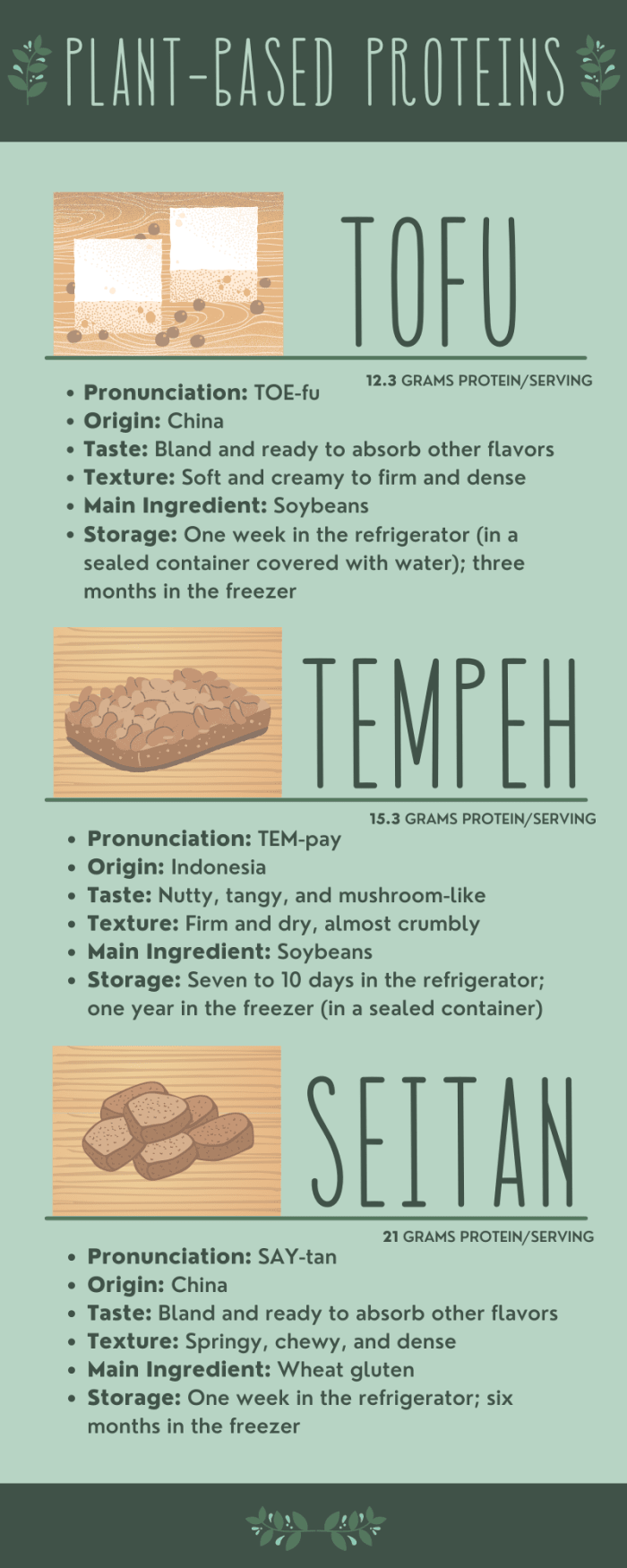
What’s the Difference Between Seitan, Tempeh, and Tofu? Delishably
Whether you're vegan or just looking to eat more plant-based foods, tempeh, seitan, and tofu are among the best plant-based sources of protein. This post will look at 2 main things: taste and nutrition (mainly protein content and quality). Obviously taste is subjective, but I'll go over the texture to expect, and which recipes each work best in. […]

SOME ORIGINAL VEGAN TOFU, TEMPEH AND SEITAN RECIPES Seitan recipes
Tempeh is also a good dairy-free source of calcium. One cup (166 grams) of tempeh contains about 2/3 of the calcium found in 1 cup of whole milk ( 2, 4 ). Tempeh is a good source of protein, iron.

Tempeh, Tofu, Seitan...Does it Matter Which One You Eat?
Tempeh and seitan may be used similarly, but at their core, they are quite different; tempeh is a soy product made from fermented soybeans. In contrast, seitan is made from hydrated gluten from wheat. They are both used as a meat substitute and offer their own sets of nutrients on top of being a protein substitute.

Tofu, tempeh y seitán origen, uso y propiedades de estos alimentos
Tempeh is made from whole, fermented soybeans. Tofu is made from soybeans that have been processed into milk and then into blocks. Seitan is made from vital wheat gluten, which makes it different in taste and texture, as well as extremely high in protein. However, this also makes it unsuitable for people with gluten intolerance.
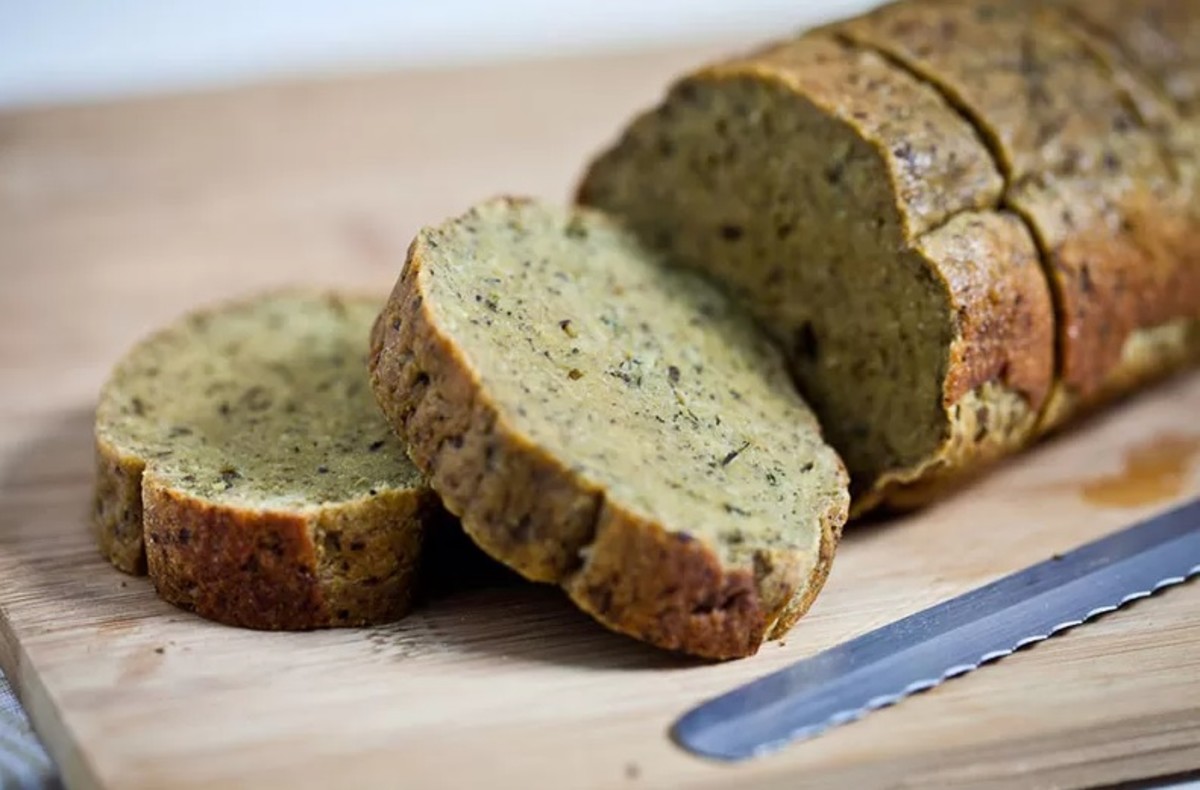
What’s the Difference Between Seitan, Tempeh, and Tofu? Delishably
Seitan vs. Tempeh . Though seitan and tempeh share similar uses, the two products differ in important ways. Most notably, seitan is made from wheat, so it contains gluten, whereas tempeh, a soy product, does not, making it an appropriate ingredient for gluten-free cooking. Tempeh is fermented, so it's easier to digest even for people who don't.
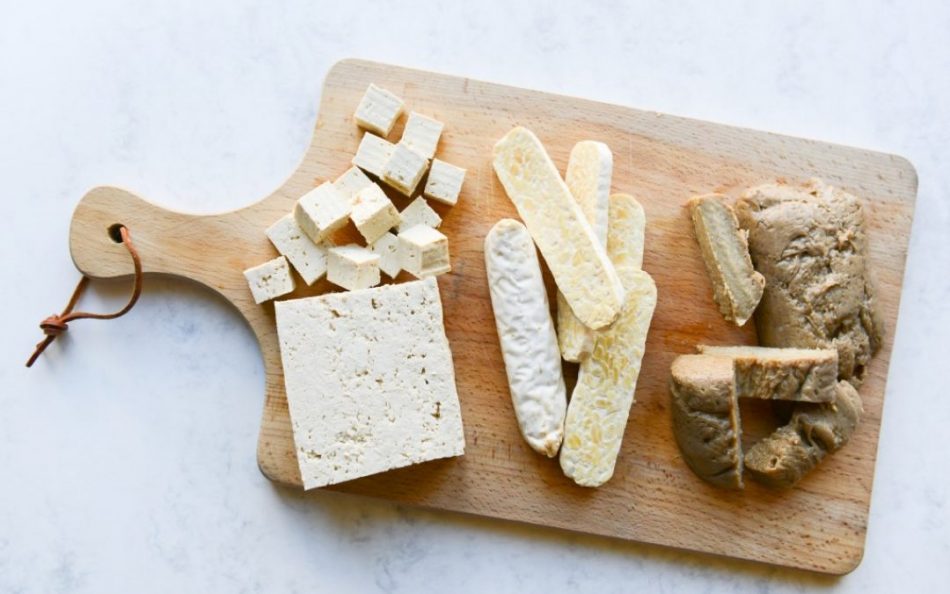
Wha'ts the difference between tofu, tempeh and seitan?
Tempeh is a traditional soy product originally made in Indonesia, making it unique in comparison to tofu and seitan. This plant-based protein option is made from soybeans that have been fermented.

Tempeh, Tofu, Seitan, and Jackfruit What They're Made of and How to
This Indonesian staple, made by fermenting soybeans in banana leaves until a firm, earthy patty forms, has been a common meat substitute since around the 12th century. Tempeh contains more protein (31 grams per cup!) and dietary fiber than tofu, and its mild nutty flavor works great in a wide array of recipes. Today, tempeh is readily available.

Tempeh, Tofu, Seitan — Real Food Tastes Good
Seitan is an excellent source of protein and is low in fat and calories. While TVP is a good source of protein and iron. Tasting the Differences: A Comparison of Tofu, Tempeh, Seitan, and TVP's Texture and Flavor. When it comes to plant-based proteins, the taste and texture can vary greatly between Tofu, Tempeh, Seitan, and TVP.
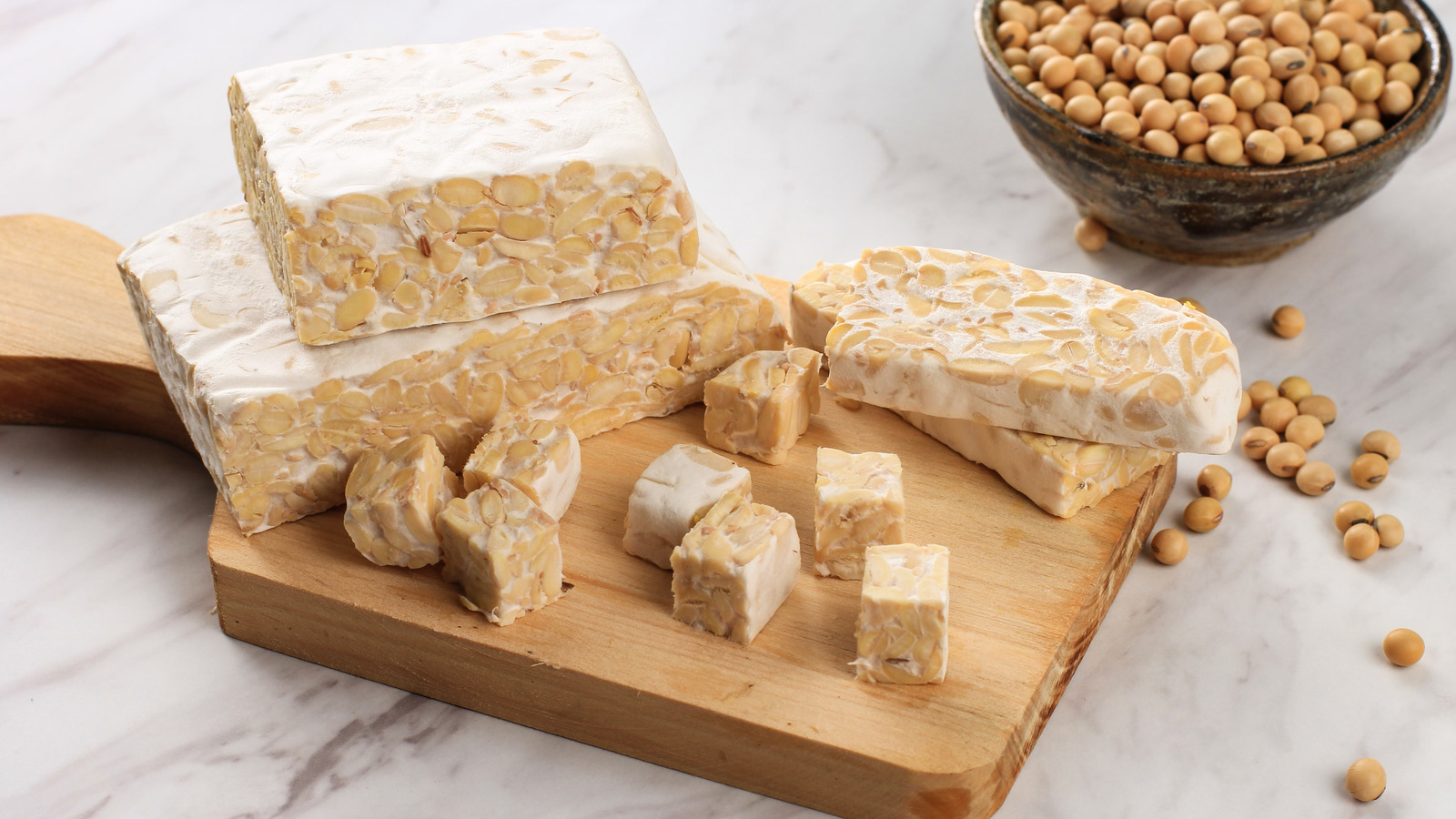
The Biggest Difference Between Seitan And Tempeh
An 8-ounce package of tempeh will ring up at around $3.50 at your local Target, whereas blocks of tofu -- depending on their type -- can cost as low as $1.50 for a pre-portioned cube. Seitan is.
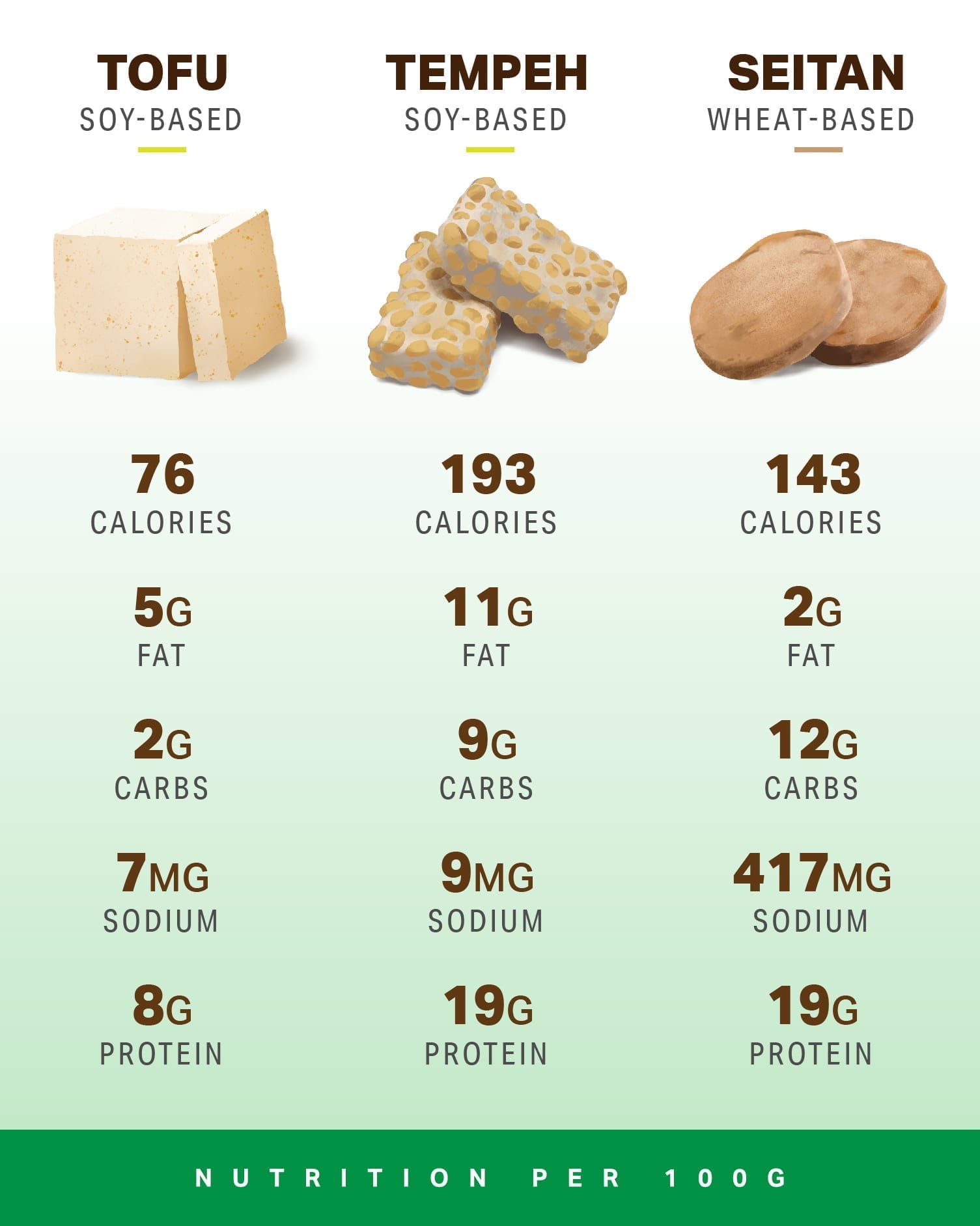
What’s the Difference Between Tofu, Tempeh and Seitan? Nutrition
Tempeh and seitan both are full of nutrients. It is recommended to add these high protein vegan foods to your regular diet especially for vegetarians and vegans. You can consume up to 100-200 grams of tempeh and seitan a day. This quantity depends on various aspects such as age, gender and activity level.
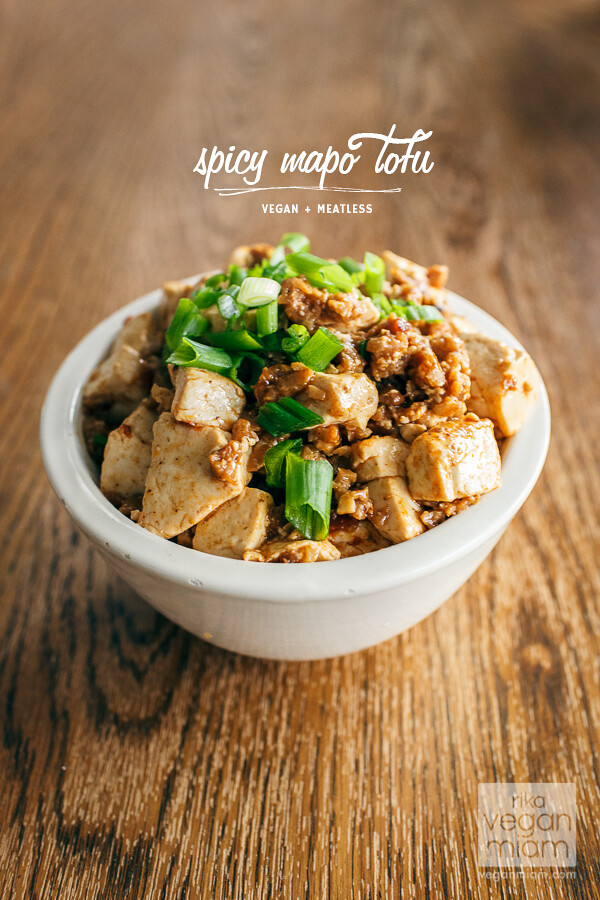
tempeh tofu seitan
Seitan (pronounced say-Tan) differs even more from tofu and tempeh because it's made from wheat gluten as opposed to soy. A lesser-known vegetarian protein, seitan is made from gluten, the protein in wheat that gives bread its springy texture. (While it is a healthy plant-based option for most people, those with celiac disease or gluten.

Tempeh spek Soy and Seitan Seitan, Zalmburgers, Tempeh
Seitan is very different from tofu and tempeh. Seitan isn't made from soy beans but from wheat flour and water. By rinsing the dough with a special technique only the wheat-protein, or the gluten, remains. These gluten are boiled in water or a vegetable broth until a spongy texture is formed with a (depending on the broth) savory taste.
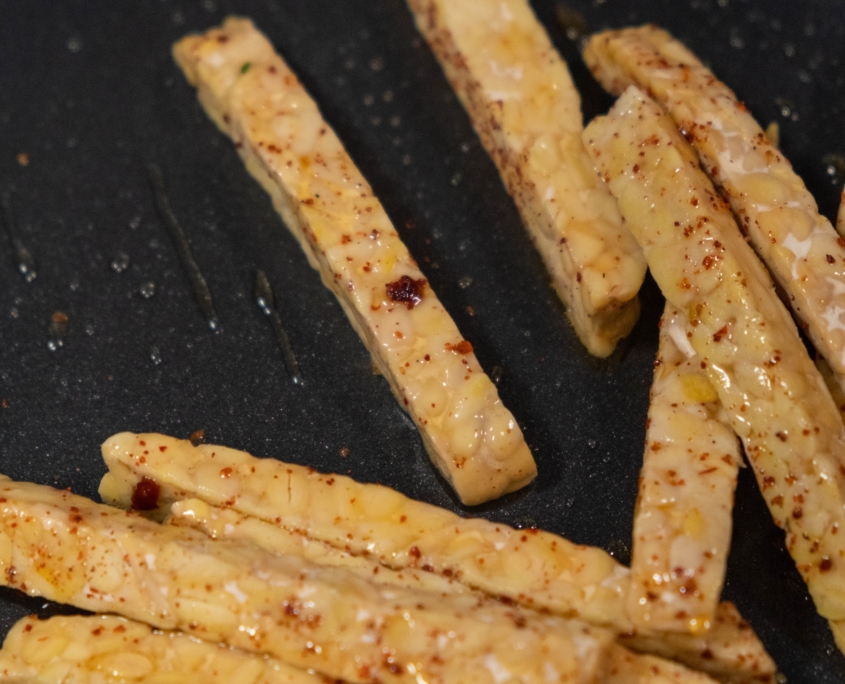
Tofu, Tempeh and Seitan China Delight Restaurant & Lounge
Seitan holds a dense and somewhat spongy texture, which gives it its "meaty" character. Incorporate it into traditional meaty dishes like cheesesteaks, beef fajitas or stir-fries. The Difference Between Seitan and Tempeh. Aside from being made with entirely different ingredients, tempeh and seitan also have a significantly different taste.

Better Than Meat Tofu, Tempeh, and Seitan GirlieGirl Army
1. Seitan. Seitan, also known as vital wheat gluten, claims our top spot as a plant-based food that has more protein than an egg, providing 17 grams of protein for every 2-ounce serving, according to the USDA . This filling and chewy plant-based protein is traditionally made by kneading wheat-flour dough and washing off the starch.

Smoked tempeh and seitan for Memorial day. Recipes, Food, Seitan
Knead the dough for a few minutes to develop the gluten. Shape the seitan dough into a log and cut it into smaller pieces. In a large pot, combine the cooking broth ingredients. Bring this broth to a simmer. Carefully place the seitan into the simmering broth. Make sure the broth covers the seitan pieces.